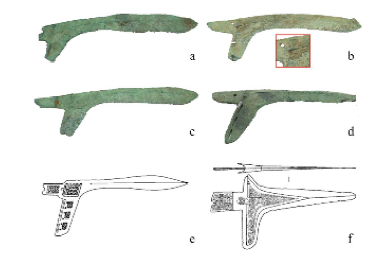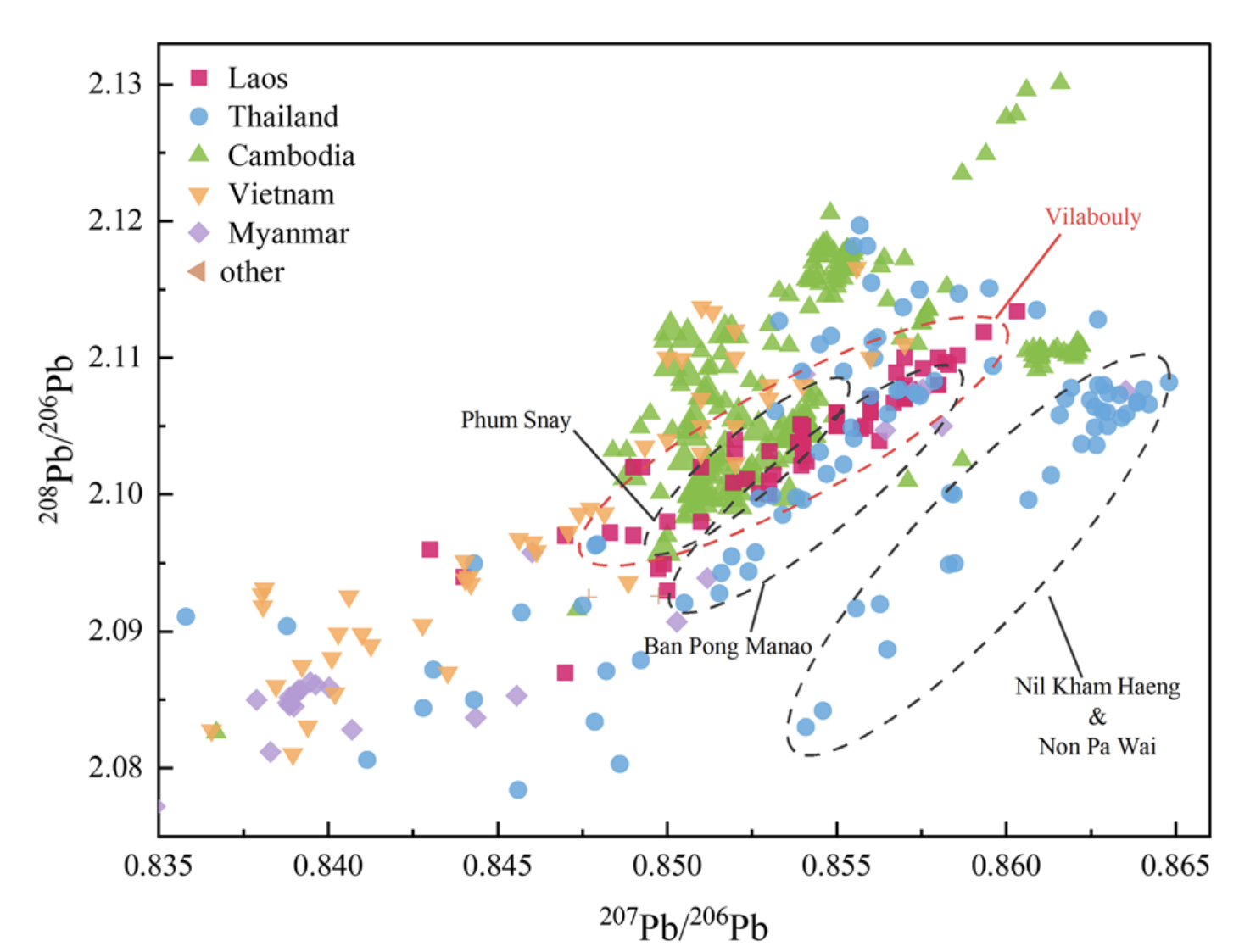The Archaeological Material Team at the Center for Archaeological Science, Sichuan University reveals evidence of metal exchange in early Iron Age Southeast Asia.
Recently, the Center for Archaeological Science, Sichuan University, jointly with the Yunnan Provincial Institute of Cultural Relics and Archaeology, the Department of Heritage of the Lao Ministry of Information, Culture and Tourism, and Peking University, completed a study on the Iron Age bronze smelting tradition in the Vilabouly region of Savannakhet Province, Laos. The study, titled "New evidence of metal exchange in Southeast Asia during the Iron Age: scientific analysis of excavated bronze in Vilabouly, Laos," was published in the comprehensive journal Archaeological and Anthropological Sciences.
The researchers compared the morphology and style of the unearthed bronzes and found that they had obvious similarities with bronzes from southwestern China and mainland Southeast Asia, as well as some local characteristics. For example, the unearthed bronze axes are divided into symmetrical and asymmetrical types, which share common features with bronze axes from Yunnan and Thailand. The unearthed bronze ge (dagger-axe) have slender blades and broad front ends, similar to those from Yunnan, Vietnam, and Thailand, with simple wing-like handguards but no surface decoration. The unearthed bronze drum is 48 cm high and 64 cm in diameter, with a twelve-petal sun pattern in the center of the drumhead, surrounded by various animal and geometric patterns, sharing a common style with bronze drums from southwestern China and mainland Southeast Asia.

Similar bronze ge unearthed in Vilabouly, Laos, Vietnam, and Yunnan
The researchers analyzed the alloy composition of the bronzes and found that different types of bronzes have different alloy ratios and manufacturing techniques. The unearthed bronze axes have a high tin content, averaging 13.86%, and are mainly made using casting techniques, some of which have been hammered or annealed to improve mechanical properties. The unearthed bronze ge have a low tin content, averaging 1.92%, and are only made using casting techniques, without any processing or signs of use, possibly made as funerary objects. The unearthed bronze drum has a high lead content, reaching 26.91%, and is a ternary alloy of copper-lead-tin. The addition of lead may be to lower the melting point and increase fluidity, making it easier to cast large objects.

Lead isotope scatter plot of bronzes unearthed in Vilabouly, Laos, reveals the exchange of copper materials on the Southeast Asian mainland
The researchers also analyzed the lead isotope ratios of the bronzes to explore the source of raw materials and the exchange situation. They found that the lead isotope ratios of the bronzes in the Vilabouly area have a certain range of variation, which may indicate that these bronzes were not all made from the same copper ore, but that multiple different copper sources participated in the supply. One possible copper source is the copper mine in the Vilabouly area, and another possible copper source is intermediate products from outside, namely multi-layered copper ingots, which are formed during the smelting process and contain layered substances of copper, copper sulfide, and slag. The researchers believe that these intermediate products may be the basis of the metal exchange network in the Vilabouly area, rather than the exchange of finished products.
The researchers further compared the data from the Vilabouly area with data from Thailand and Cambodia and found that the lead isotope ratios of the bronzes in the Vilabouly area have a high degree of similarity with the bronzes from Banon Wat in Thailand and Phum Snai in Cambodia, indicating that there may be links between these regions in metal exchange. The researchers pointed out that the Vilabouly area played an important role in the metal exchange network of the Southeast Asian Iron Age. It is not only a large copper smelting center, but also a trading center for metal intermediate products, providing copper raw materials for surrounding areas.

Special multi-layered intermediate products unearthed in Vilabouly, Laos, and their cross-sectional structure
This article is one of the achievements of the China-Laos joint archaeological project participated by the School of Archaeology and Museology, providing new evidence and perspectives for the study of metal exchange in the Southeast Asian Iron Age, and demonstrating the diversity and complexity of bronze production technology, raw material sources, and exchange patterns in the Vilabouly area. The research in this article also reflects the important role of archaeological science methods in revealing the connotation and extension of ancient metal culture. The first author of this study is Yang, Zishu, a doctoral student at the School of Archaeology and Museology, Sichuan University, and the corresponding author is Professor Li, Haichao from the School of Archaeology and Museology, Sichuan University, and the Center for Archaeological Science, Sichuan University.
